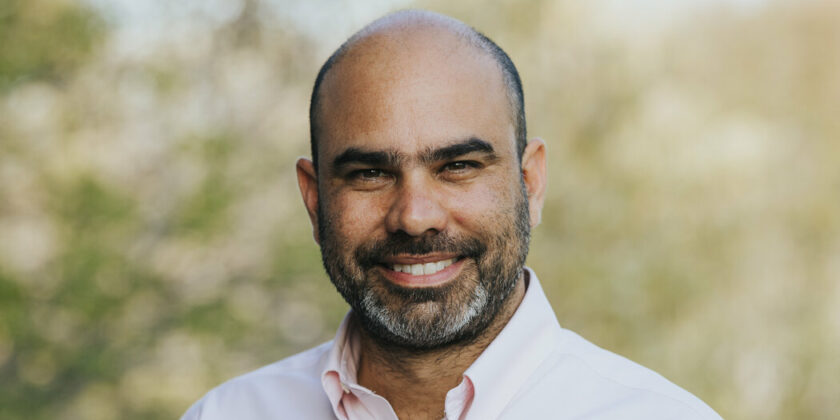As the Museum of the Moving Image begins the early stages of redesigning its core exhibition to entice visitors back into its futuristic building in the Astoria neighborhood of Queens, its trustees have tapped a nonprofit executive to lead the way.
On Thursday, the museum announced that Aziz Isham would become its next director, filling the shoes of Carl Goodman, who recently left after nearly 12 years in the role. Isham, who does not have museum experience, has worked as a film producer and helped start the television program at BRIC, an arts organization in Brooklyn.
Isham will begin at the museum in October after leaving his current job as executive director of the arts nonprofit Twenty Summers.
“I can’t think of a more relevant New York institution and a better place to make sense of the present and figure out our future,” Isham, 45, said. “As the world of the moving image transforms, we’ve got this opportunity to redesign how the museum engages with the public.”
When the Museum of the Moving Image opened in 1988, its mission seemed obvious. The institution was built upon the former grounds of a Paramount studio where the Marx Brothers sometimes filmed. The traditional definition of “moving images” largely meant television and movies, so the museum built its collection of 130,000 objects to explain how people designed within these artistic media.
During an interview, Isham suggested that the definition had changed with the rise of video games, social media and artificial intelligence.
“The moving image is how we define our time and wrestling with our future,” he said.
The museum’s board is fully behind his vision, according to Ivan Lustig, an investment banker and one of the organization’s chairmen. He said the museum would probably need to increase its $7.9 million budget to add staff members and capabilities that might fulfill Isham’s vision. And though planning is still preliminary, Lustig has been brainstorming what shape the new core exhibition might take.
“If you have been to the second floor, you have seen a lot of televisions and cameras,” he said. “Compared to their importance today, we can tell that story in 20 to 35 percent of the space that is there and introduce other digital images.”
That is not to say that the museum is behind on the times; it has a reputation for creating significant exhibitions around video games and artificial intelligence ahead of its more academic peers.
“We have kept up with the exhibition technology, but the way it plays into our culture is not well told,” Lustig said. “We don’t really address TikTok, Facebook and Instagram. We do touch on historic electronic games, but they have advanced so much.”
The challenge, according to Isham, is creating a museum that can anticipate the problems of tomorrow: “How do we not just tell the story of where we have been, but tell the story of where we are going?”
Zachary Small is a reporter who covers the dynamics of power and privilege in the art world. They have written for The Times since 2019. More about Zachary Small
Source: Read Full Article
